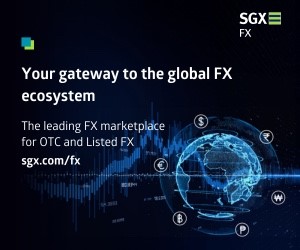Hedge Fund Launches at 14-Year Low in Q2
Posted by Colin Lambert. Last updated: October 3, 2022
New hedge fund launches dropped to the lowest level since the fourth quarter of 2008 in the second quarter of 2022, according to the latest HFR Market Microstructure Report, published by analytical and indexation firm HFR.
In spite of increased market volatility and, presumably, more opportunities, HFR says the estimated number of new hedge fund launches fell to only 80 in Q2, a significant decline from the estimated 185 launches in Q1. This represents the lowest launch rate since only 56 new funds launched in Q4 2008. In the trailing 12 months ending June 30, an estimated 510 total new hedge funds have launched.
The number of hedge fund liquidations increased from the prior quarter, as an estimated 156 funds closed its doors in Q2, up from 126 fund liquidations in Q1. In the trailing 12 months to end-June, an estimated 501 funds have liquidated, resulting in a minimal increase in total number of active hedge funds over the trailing 12 months.
Hedge fund fees remained steady in Q2, as the average industry-wide management fee was unchanged from the prior quarter at an estimated 1.36%, while the average incentive fee increased narrowly by 2 bps to 16.05%. The estimated average management fee represents the lowest level since HFR began publishing these estimates in 2008, the firm says.
For funds launched in Q2, average management fees declined 11 bps from the prior quarter to an estimated 1.32%. Average incentive fees for funds launched in the quarter was estimated at 17.9%, representing a decline of 8 bps from the prior quarter though remaining above the overall industry-wide average.
“Macro outperformance trends accelerated through mid-Q3, extending the powerful trend driven by commodity, long US-Dollar currency positions, and short equity and fixed income exposure with industry-wide defensive outperformance of steep equity and fixed income losses,” says Kenneth Heinz, president of HFR. “New launches fell sharply for the quarter despite the strong outperformance, as risk-off sentiment drove investor risk aversion, with investors maintaining exposures to established funds through the current volatile market paradigm of unprecedented geopolitical and macroeconomic uncertainty.
“Powerful risk-off sentiment has accelerated gains across uncorrelated Macro strategies through mid-Q3, with contributions from commodity, fundamental discretionary, and quantitative trend-following exposures,” he adds. “As these trends continue to dominate performance through year end, it is likely that institutional investors will continue to expand allocations to both Macro funds and the entire industry with the objective of defensive capital preservation, long US Dollar exposure, reduced portfolio duration, and powerful inflation protection from these increased allocations.”



